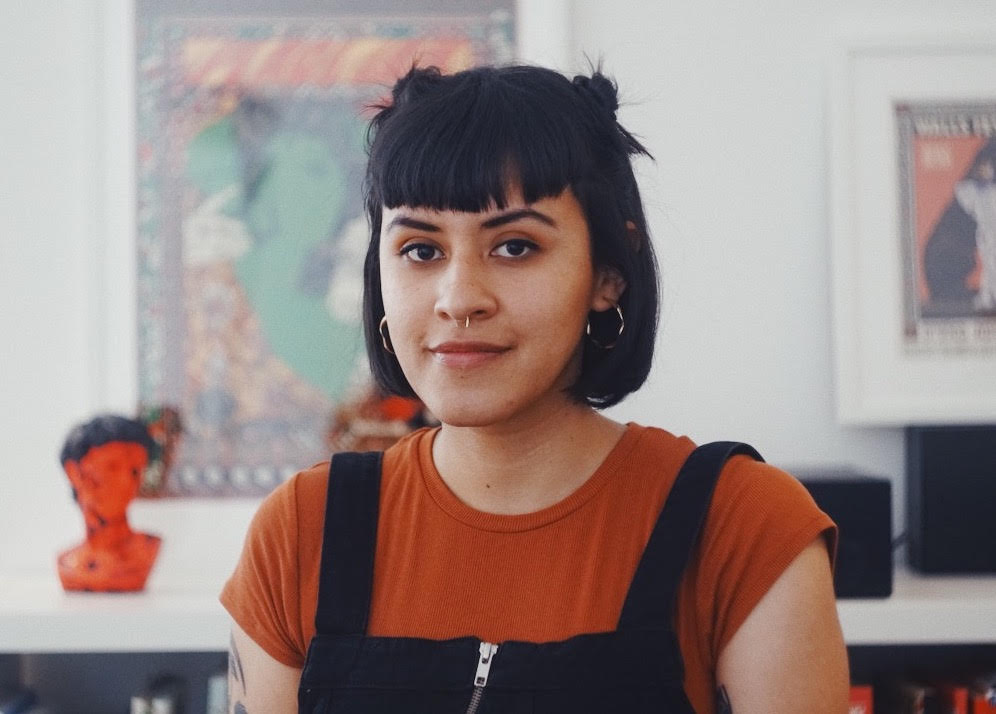Written by Mission Talent Team
Behind the Brand: The story behind our new look

When we came back to our graphic designer with our head hanging after our website project had been delayed – for the second time – she told us: No hay mal que por bien no venga — nothing that is good ever comes that easily.
The images on our website were created by Marcela Bustamante, a freelance illustrator originally from Colombia currently based in Berlin. She designs for many causes, ranging from mental health to the environment and sexual reproductive rights.
We came to her with a big ask: a brand that represents transformative change — and serves as an open-door to any global impact organisation. Our audiences could be sitting anywhere from London to rural Mexico. How could we convey an identity that is mutable and relatable yet still stands for something?
“From the beginning, it was about being inclusive, prioritising the image of women and showing women leading the process,” said Marcela. “We wanted to offer a fresh tone that represents how dynamic the process can be to find the right candidate.”
Our previous Mission Talent website featured images of smiling children in India, a glistening water well, rural women harvesting wheat. They were beautiful– and they also perpetuated a singular idea about international development. We also did not want to use pictures of people who could be experiencing poverty for business purposes.
These days, global change is not just about poverty in a certain group of countries, but about behaviour change in the North and the South, responsibility, and global cooperation. We seek environmental protection of the earth and the empowerment of all people everywhere, including marginalised groups in more advanced economies.
But in how we represent Mission Talent, we are not just trying to flip the script on development — we are also trying to show the recruitment process as less hierarchical. In the illustrations, “Both the candidate and the company are eye-to-eye. It was not this old-fashioned way of hiring, but more human,” said Marcela.
To represent inclusion, Marcela played with the scale of body sizes and different colour tones. “When you have to think about inclusivity, you have to put everyone and every skin tone, and it becomes really messy conceptually.” In one of the images, you see a woman from India, in another a wheelchair, “you have to be inclusive in body shapes, which is especially important for women, to have different curves, hair, noses and proportions.”
She worked to strike a balance between using abstract images without them being cartoony. “These topics need to be taken seriously, so the images should not be so dynamic or out of proportion that it is not credible.”
After more than twelve years as a company, it’s exciting to see our brand evolving along with our team. Lucky for us, these new images are worth at least a thousand words.